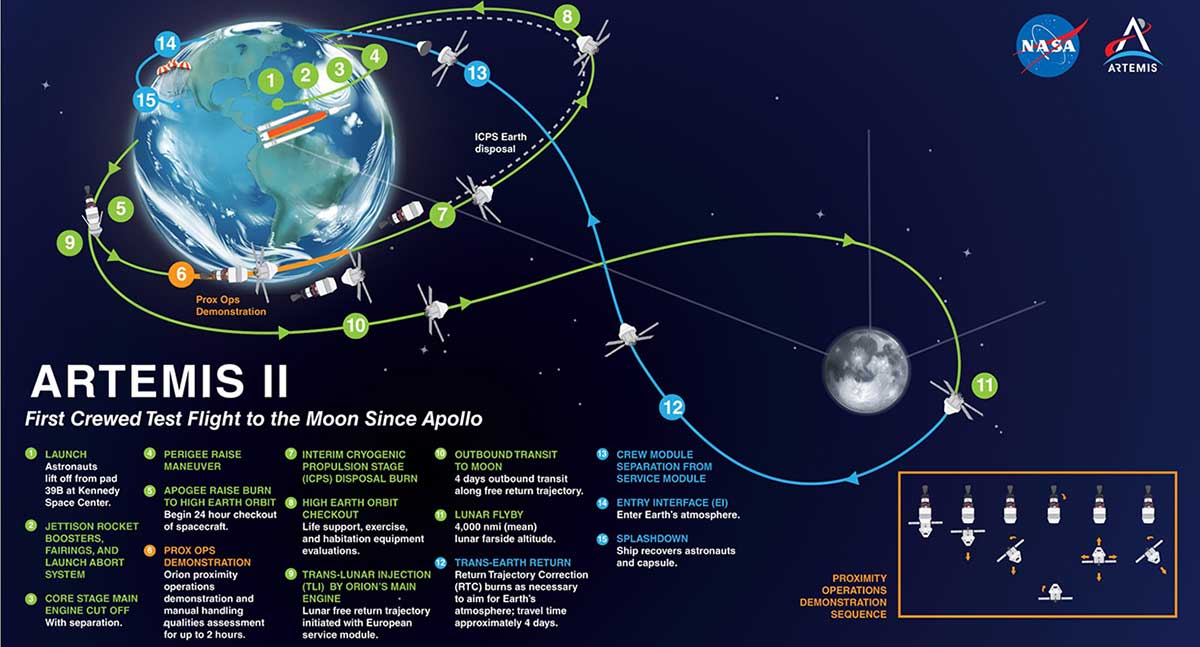NASA test-fired a new rocket engine designed for long-term trips to the Moon recently. The RDRE engine is an important step forward in making flights to the Moon viable options for future exploration.
Engineers will be interested in learning more about this new engine and how it could impact future space exploration and sustainability efforts on Earth.
On April 5th, NASA test-fired a rocket designed for long-term trips to the Moon - the RDRE rocket.

On April 5th, NASA made a significant advancement in its mission to visit and explore the Moon. The engine for this project, the RDRE rocket, underwent a successful test firing with promising results. This new rocket engine could make traveling vast distances to the lunar surface faster and more efficient than ever before, giving us an unprecedented glimpse into our celestial neighbor's many mysteries. It also has implications for commercial space flight operations that are looking to expand and capitalize on lunar resources and exploration ventures. With this development, NASA is continuing to push boundaries while opening up exciting new possibilities for space exploration.
The RDRE is powered by liquid oxygen and liquid methane, which makes it more environmentally friendly than other rockets currently in use.
NASA's RDRE (Rotating Detonation Rocket Engine) rocket is marking a new era of flight, as it is powered by a more ecologically responsible form of fuel - liquid oxygen and liquid methane. This mix encourages higher efficiency than more exhaust-intensive types, reducing air pollution and the overall environmental damage of spaceflight. It reinforces NASA's commitment to discovering more about our solar system sustainably and thoughtfully, by providing the necessary thrust to reach our goals while also protecting the planet we live on.
The RDRE is also designed to be reusable, meaning that it can be used multiple times for future missions. Moreover, the RDRE rocket is designed not just for short-term use but for repeat flights. This forward-thinking approach allows NASA to plan for many future Moon missions - furthering space exploration beyond current capabilities. By constructing a rocket that can be reused, the cost of space exploration is reduced drastically and present an increasingly affordable option for some of the most ambitious projects ever undertaken by humanity. Not only does this bring us closer to setting foot on entirely new worlds, but it also makes space exploration more awe-inspiring than ever before.
This new technology could make flights to the Moon much more viable in the future and could lead to even more exploration of our solar system.
The prospect of space exploration to places like Mars, and beyond is no longer a distant dream. Thanks to NASA’s RDRE rocket, humanity is closer than ever to making regular visits to our solar system. This highly efficient two-stage rocket makes launching spacecraft out of Earth’s orbit safer, faster, and more reliable. In addition, since it operates on liquid methane fuel and oxygen tanking capabilities, the cost of shuttle launches could be slashed significantly. For the first time in history, flights to the Moon are becoming not only achievable but also viable. This new technology could be a major breakthrough for space exploration as a whole and potentially unlock a wealth of possibilities in our solar system.
NASA's RDRE rocket is the latest development in space exploration technology and promises to open up incredible new opportunities for missions to the Moon. With its efficient, lightweight design and powerful fuel cell, this revolutionary rocket represents a significant step forward in facilitating long-term space travel. By reducing the need for refueling and significantly lowering costs, it could even make crewed flights to the Moon an achievable prospect in our lifetime! Learn more about this exciting new development from NASA today and discover how it could fundamentally change our understanding of deep space exploration.


